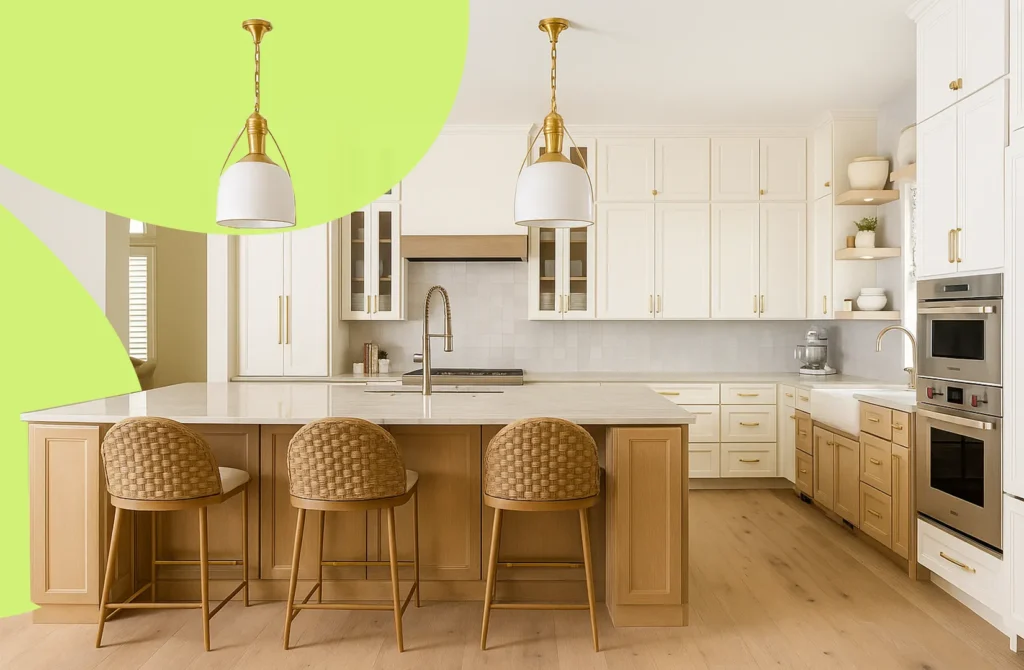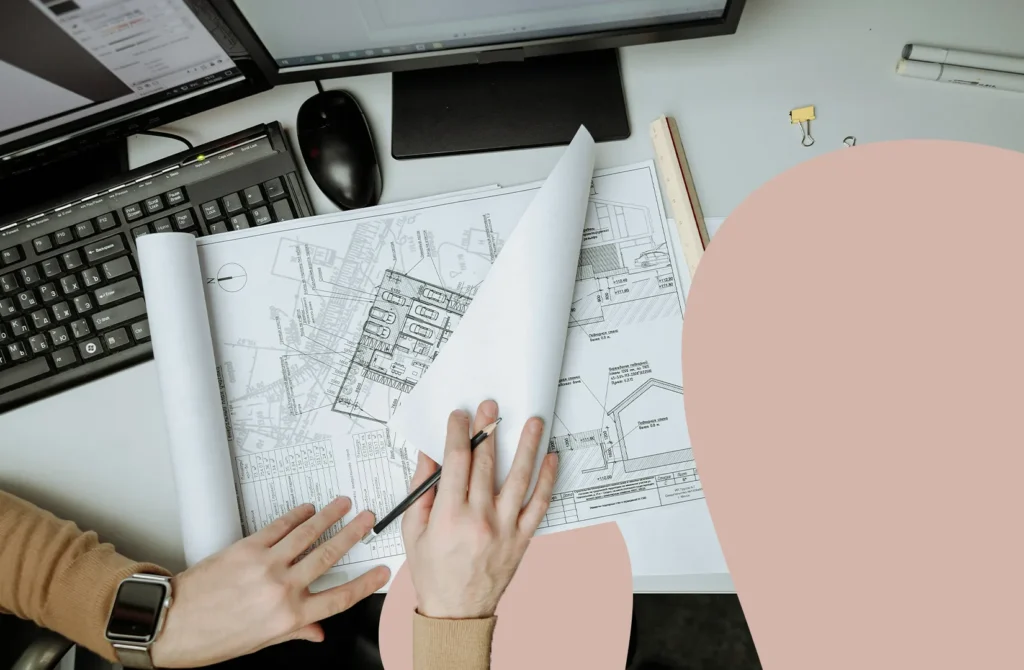Architectural Photography for Construction and Design Portfolios
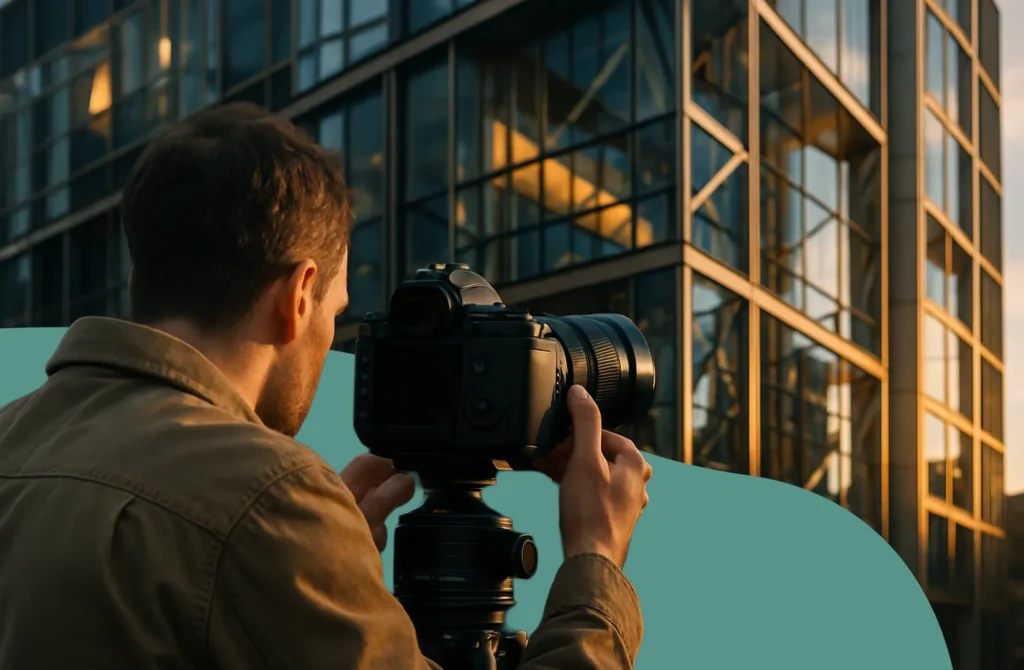
What is Architectural Photography?
Architectural photography is the art and technique of capturing buildings, interiors, and structures in a way that showcases their design, form, and functionality. Unlike standard photography, architectural photography focuses on precision, symmetry, and lighting to represent a space as accurately and aesthetically as possible. Whether it’s a skyscraper, a historic landmark, or a modern living space, the goal is to translate architectural intent into compelling visual narratives.
The Role of an Architectural Photographer
An architectural photographer is more than just someone with a camera — they are visual storytellers who understand construction, design principles, and the importance of detail. Their expertise lies in using light, angles, and composition to highlight a building’s unique features. In both exterior architectural photography and interior architectural photography, professionals must adapt to different environments, from sunlit façades to dimly lit interiors.
Commercial Architectural Photography in Action
Commercial architectural photography is widely used by real estate developers, architects, and interior designers to market their projects. High-quality images are crucial in presentations, marketing materials, and websites. Developers use real estate architectural photos to attract potential buyers, while design firms use them to showcase their portfolio and attract new clients.
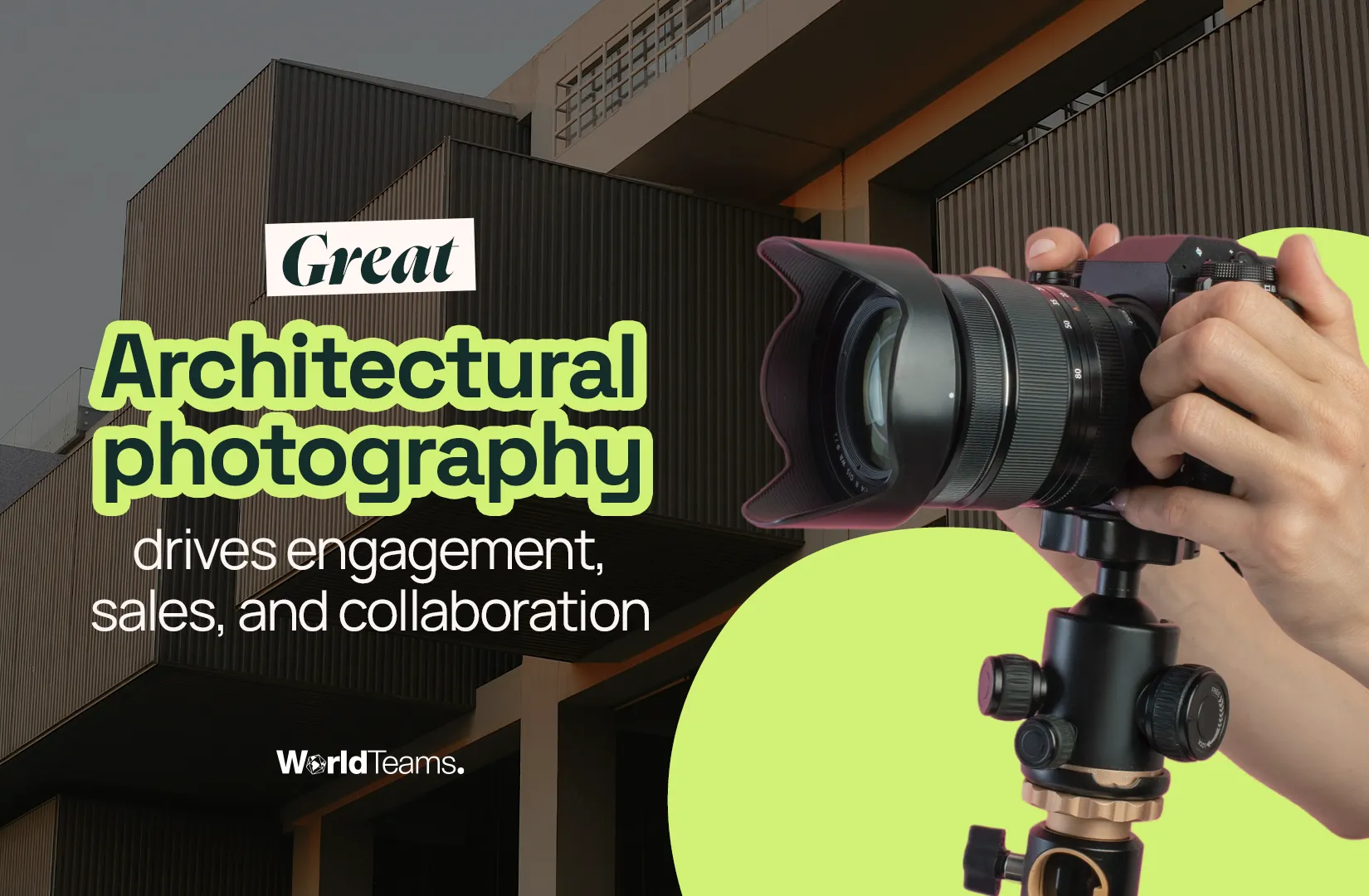
Urban Architecture Photography
Urban environments offer unique opportunities for urban architecture photography. From iconic skylines to intricate street-level details, this style captures the interaction between human life and the built environment. Skilled photographers adapt to unpredictable lighting and crowded settings, using composition techniques to focus the viewer’s attention on the architecture rather than distractions.
Interior Architectural Photography
Capturing interiors demands attention to detail, natural lighting, and sometimes advanced staging. In interior architectural photography, the challenge lies in representing depth and scale in confined spaces while accurately portraying textures, colors, and materials. Professional photographers often use tilt-shift lenses and tripods to achieve perfect alignment and avoid distortion.
Exterior Architectural Photography
When photographing building exteriors, timing is everything. Exterior architectural photography often benefits from early morning or late afternoon light, when shadows create depth without obscuring important details. Photographers also consider weather conditions, as an overcast sky can soften contrasts, while clear skies may provide crisp, high-contrast images.
Equipment for Architectural Photography
While talent and vision are essential, having the right architectural photography equipment can elevate results. Common tools include full-frame cameras, tilt-shift lenses for perspective correction, sturdy tripods for long exposures, and drones for aerial shots. For high-end clients, high-end architectural photography might involve medium-format cameras and specialized lighting setups to achieve unparalleled detail.

Architectural Photography Tips
For beginners and professionals alike, mastering architectural photography tips is key to producing standout work. This includes understanding the building’s design concept before shooting, using leading lines to guide the viewer’s eye, and balancing artificial and natural light sources for accurate color representation. Post-processing also plays a role in refining contrast, correcting lens distortions, and enhancing textures.
Why Architectural Photography Matters for the Industry
Great architectural images are not just about aesthetics — they drive business. Developers, real estate agents, architects, and interior designers all rely on professional images to communicate value. In an era where visual content dominates marketing strategies, investing in quality architectural photography can significantly increase engagement and sales.
The Connection Between Photography and Architectural Outsourcing
Interestingly, architectural photography also plays a crucial role in architectural outsourcing and outsourcing architectural services. When architecture firms collaborate internationally, sharing accurate visual documentation is essential for communication between design teams, engineers, and clients. Clear, high-quality images ensure that project details are understood across different time zones and languages, making architecture outsourcing more efficient.
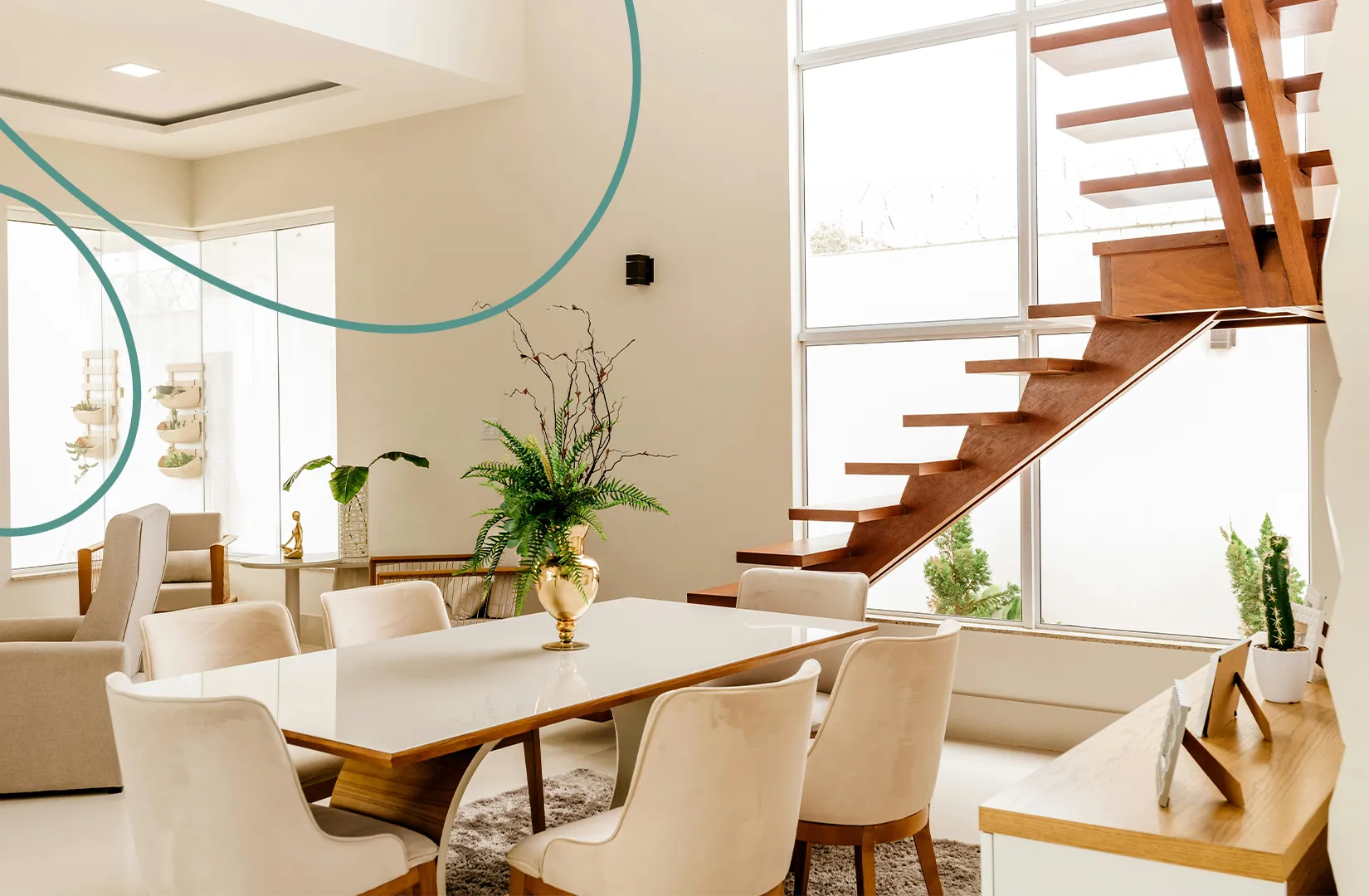
Partner with Experts for Your Architectural Needs
At WorldTeams, we understand that the success of your architectural projects depends not only on design but also on how they are presented. Our team specializes in outsourcing architectural services — from drafting and 3D modeling to providing skilled professionals who collaborate seamlessly with your in-house team.
Whether you need support with design development, technical drawings, or high-quality renderings, our global talent pool ensures precision, efficiency, and cost-effectiveness.
Let us help you bring your architectural vision to life — and showcase it with the same precision as the best architectural photography.







